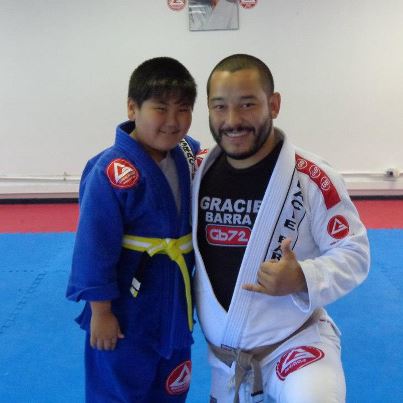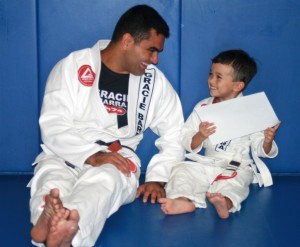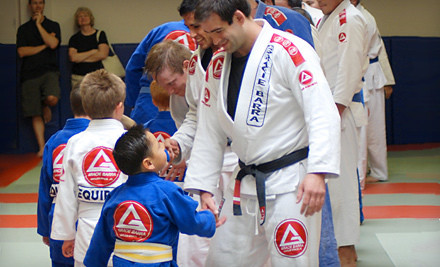Giving Effective Feedback as a GB Instructor
Knowing How to Give Effective Feedback is Essential
As instructors, we have a tremendous potential to shape our students’ experiences in Brazilian Jiu-Jitsu, and to have a positive impact on their lives overall. Along with the respect for our position comes a great responsibility. Our students trust us develop them, and often they care greatly about how we view their Jiu-Jitsu progress. One key role as a Gracie Barra professor or coach is to give our students encouragement and information about how they can improve. Which is why knowing how to give effective feedback is essential.
Purposes of Feedback
 Feedback serves three main functions, each of which gives us a clue about how to use feedback for maximum benefit.
Feedback serves three main functions, each of which gives us a clue about how to use feedback for maximum benefit.
Reinforcement or punishment
Feedback can be used to encourage desirable behaviors and discourage undesirable behaviors. These behaviors might relate to sport performance and skill development or to discipline on and off the mat.
Research suggests that most sports coach tend to use a mixture of reinforcement or punishment even though sport psychologists usually recommend an entirely positive approach. While punishment can be effective in the short term, motivating through fear only works as long as the threat is present. Fear of punishment also has other negative side effects such as increased anxiety and, over the long term, dropout from sport.
Instead, focus on rewarding positive behaviors and non-reinforcement of negative behaviors.
Error correction
Mistakes are common when learning new skills. Sometimes it is necessary to point out errors out to our students even though it isn’t always a pleasant experience for them.
Feedback about errors is easier to take onboard when mistakes are viewed as part of the learning process, rather than something to be punished and embarrassed about. This is very much consistent with Master Carlos Gracie Jr.’s philosophy: “There is no losing in Jiu-Jitsu. You either win or you learn.”
We also tend to see the greatest improvement in skills when instructors provide the student with constructive advice on how to correct the error, in addition to pointing out the mistake. This gives the student the confidence and direction to move forward and try again.
Motivation
As human beings, we want to be good at the activities that we value. In an ideal world, we would give everyone praise for a job well done. Indeed, it is important to recognize accomplishments with positive feedback.
The unfortunate reality is that we sometimes have to give feedback that suggests a student is not as competent in Jiu-Jitsu as he or she would like. In this case, we need to deliver the feedback in a way that puts the student in an open frame of mind, ready to receive the advice. Rather than leaving the student discouraged, we want the student to continue their effort and feel motivated to improve.
So how do we do this?
Practical Strategies for Giving Effective Feedback
Use the Feedback Sandwich
Negative feedback is easier to swallow when delivered alongside positive feedback and encouragement. Sandwich the error correction between two positive statements. Here’s an example:
“You did a great job of keeping your grips during that sweep. Looking at your right foot, it was at an awkward angle. You might find it easier if put it closer to your partner’s  hip. Give it another go. I’m sure you’ll find your movement is much more efficient after a few repetitions.”
hip. Give it another go. I’m sure you’ll find your movement is much more efficient after a few repetitions.”
This illustrates the three ingredients in the feedback sandwich:
- Positive feedback – Make a statement about something the student has done well.
- Correct the error – Give the student guidance on what needs to be improved and how they can improve it.
- Encouragement – Give the student confidence and support the belief that they will improve if they make the suggested changes and apply effort.
Remember also that as instructors we are encouraging our students to become independent learners who figure things out for themselves. As they progress through their Jiu-Jitsu journey they will begin to take responsibility for their own learning. You can develop this from an early stage by giving your students enough time to make sense of their own performance before giving your feedback, and by asking them what they think went well and what could be improved.
Hopefully this has given you food for thought (pun intended!). Let us know how you get on applying it in your classes. We eagerly await your feedback!
Contributing Writer:
Rebecca Hill
Purple Belt
Future Champions Coach at Gracie Barra Nottingham

